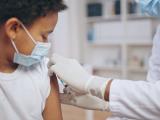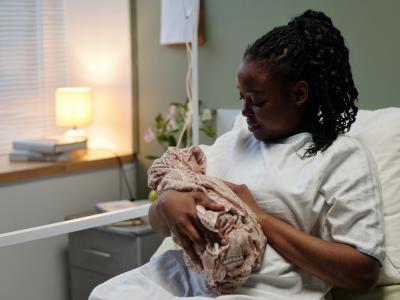US adults aged 45 and older who were physically active before the pandemic were 10% less likely to contract COVID-19 and 27% less likely to be hospitalized if they were infected, a Brigham and Women's Hospital–led study suggests.
The observational study, published today in JAMA Network Open, analyzed data on 61,557 adults with an average age of 76 years who are participants in three ongoing randomized clinical trials (Cocoa Supplement and Multivitamin Outcomes Study, Vitamin D and Omega-3 Trial, and Women's Health Study).
Less immune waning, inflammation
Participants self-reported prepandemic demographic information, lifestyle factors, and time spent on physical activities such as walking, running, biking, and climbing stairs via questionnaire before December 31, 2019. From May 2020 to May 2022, respondents were sent a series of surveys asking about any COVID-19 diagnoses or hospitalizations.
Based on US and World Health Organization physical activity guidelines, participants' self-reported physical activity levels were then categorized as inactive (0 minutes per week of moderate-intensity exercise), insufficiently active (60 minutes), or sufficiently active (150 minutes).
A total of 70.7% of participants were women, 87.2% were White, 7.5% were Black, 2.3% were Hispanic, and 24.1% had a body mass index (BMI) of 30 or higher, indicating obesity.
"Adherence to US guidelines of at least 150 min/wk of moderate to vigorous PA [physical activity] may help prevent or mitigate effects of cardiovascular disease (CVD), cancer, type 2 diabetes, and other chronic conditions," the study authors noted. "Some health benefits of PA are attributable to the delay of age-related immunosenescence [waning of immunity], reduced low-grade systemic inflammation, and boosted immunity."
69% said they were sufficiently active
Of all respondents, 20.2% said they were inactive, 11.4% were insufficiently active, and 68.5% were sufficiently active. During the study period, 5,890 COVID-19 infections and 626 hospitalizations were reported.
After controlling for demographics, BMI, lifestyle factors, underlying illnesses, and medications, compared with inactive individuals, those who were insufficiently active had no significant reduction in infection (odds ratio [OR], 0.96) or hospitalization (OR, 0.98), while those sufficiently active had a significant reduction in infection (OR, 0.90) and hospitalization (OR, 0.73).




















